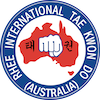Our patterns are generally known as the Ch’ang Hon patterns as originally taught in Korea. They represent the history of Korea from legend until now. The patterns are named after significant legends, historical events, places and peoples.
Patterns represent the encyclopaedia of the Art but where a printed encyclopaedia uses the written word, patterns use movement. As encyclopaedias are based upon language that can sound different when spoken by different people, so too are the movements of a pattern subject to variations of ‘accent’. Asking what is the ‘correct’ way to execute a particular technique is like asking a New Zealander, a Scot and a Canadian what is the correct way to pronounce a particular word. Although there is general consensus that a particular technique is required, there will often be variation in how that movement is performed by an individual based upon their flexibility, agility, size and strength.
What is the correct technique is usually decided by the Class Instructor who is subject to the Regional Instructor who is subject to the Master Instructor. As with any form of communication, the closer we are to using the same pronunciation the better we are able to agree and learn from them.
Patterns are more than just a repetition of our basic movements done in a different format to marching up and down the Dojang floor. They are a method to instil within us automatic responses to attacks from imaginary attackers and should be practised with full power and control.
-
Saju Jurogi
Four directional punching, performed with both the right and left hands
-
Chon-Ji
Chon-Ji means "Heaven and Earth", represented in this pattern by its two halves, one representing "Heaven" and the other "Earth"
-
Dan-Gun
Dan Gun is the legendary founder of Korea in 2333BC. In a mythical story of creation the god Hwanin sent his son Hwang-Ung down from Heaven to the East where he settled at the Heaven Lake upon Paektu Mountain.
-
Do-San
Do-San was the pseudonym of Ahn Changho, a patriot of Korea who spent much of his life in the United States of America. He was born on Torong Island near Pyongyang (North Korea) in 1878 and at an early age established the first co-educational primary school in Korea.
-
Won-Hyo
Won Hyo (617AD – 686AD) was a leading thinker and noted monk who was very influential in the development of East Asian Buddhism in Korea, and of taking it to the masses.
-
Yul-Gok
Yul-Gok is the pseudonym of the great Korean philosopher and scholar Yi I, born in 1536 and often called the “Confucius of Korea”. He was born in Gangneung, Gangwon Province which is located on the 38˚ latitude, from which is obtained the 38 movements in the pattern.
-
Joong-Gun
Ahn Joong-Gun was a Korean patriot born in the town of Hae-Ju in the province of Hwang-Hae on September 2nd 1879. In 1894, Ahn was just a teenager when the Sino-Japanese war began and both China and Japan fought to control Korea.
-
Toi-Gye
Pattern Toi-Gye is named after the noted Neo-Confucianism Scholar Yi Hwang who used Toi-Gye as his pen name. He was born in 1501, the youngest of 8 children in Ongye-ri, now known as T’osan in North Korea, said to be within the 37˚ latitude
-
Hwa-Rang
Hwa-Rang pattern was the first pattern devised in the Ch’ang Hon Tae Kwon-Do system and was created in 1955 in Korea by Colonel Nam Tae Hi and Sergeant Han Cha Kyo.
-
Choong-Moo
Choong-Moo was the name given of the great Admiral Yi Soon-Sin (born 1545) of the Yi Dynasty. He is reputed to have invented the first submersible battle ship in 1592
-
Kwang-Gae
Kwang-Gae pattern is named after the famous Gwang-Gae-Toh-Wang 광개토태왕, the 19th King of the Koguryo Dynasty.
-
Po-Un
Po-Eun is the pseudonym of a loyal subject Chong-Mong-Chu (1337 – 1392), a famous poet whose poem “I would not serve a second master though I might be crucified a hundred times” is known by every Korean.
-
Gae-Baek
Gae-Baek was a famous general from the Baekje Dynasty (~18BC – 660AD), born in the South Chungcheong Province in Southern Korea.
-
Yoo-Sin
Named after General Kim Yoo-Sin, a commander during the Silla Dynasty that lead to the unification of the Korean Peninsula in 668AD, thus the reason for 68 movements in this pattern
-
Ul-Ji
The pattern Ul-Ji named after General Ul-Ji Moon Dok who defended Korea against a Tang invasion of nearly a million soldiers in 612AD.


